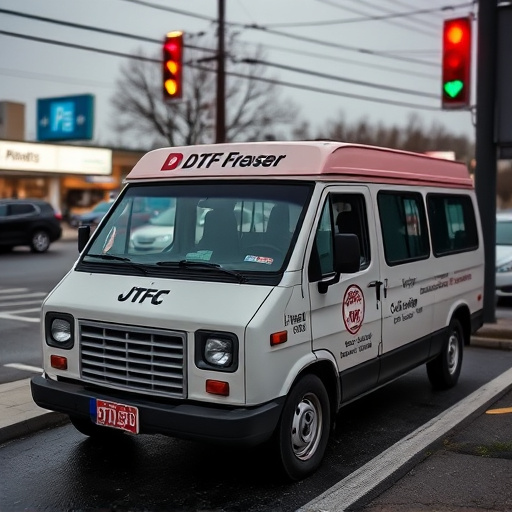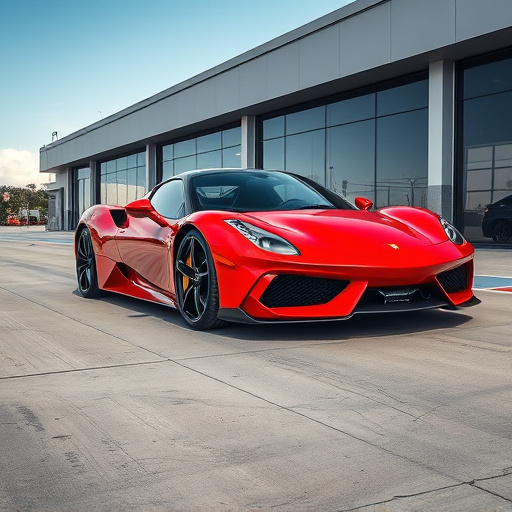Understanding air intake system upgrade costs is crucial for budgeting, ranging from $100 to $500 on average, varying by vehicle, complexity, and DIY vs. professional installation. Price comparisons help balance investment with potential gains in engine performance and fuel efficiency. Costs depend on performance specifications, brand reputation, and market positioning. Trade-offs include noise levels, installation complexity, and durability. Strategic air intake system price comparison across suppliers reveals discounts. Assessing long-term savings and included features ensures excellent value. Informed decisions balance performance with value over time through comprehensive air intake system price comparisons.
“Unraveling the installation cost of an air intake system is crucial for car enthusiasts seeking performance upgrades. This article guides you through the intricate details, offering insights into understanding and comparing air intake system prices effectively. We explore the factors that significantly influence installation costs, helping you make informed decisions. By employing smart strategies, you can secure the best value in your air intake system price comparison. Get ready to navigate the market with confidence, ensuring a seamless and cost-efficient installation.”
- Understanding Air Intake System Installation Costs
- Factors Influencing Price Variations
- Strategies for Obtaining the Best Value in Air Intake System Price Comparison
Understanding Air Intake System Installation Costs

When considering an air intake system upgrade, understanding the installation costs is crucial for budgeting purposes. The price of installing such a system can vary widely depending on several factors, including the make and model of your vehicle, the complexity of the job, and whether you opt for a DIY approach or hire a professional mechanic. On average, expect to pay anywhere from $100 to $500 for an aftermarket air intake installation, with higher costs associated with more sophisticated systems designed to enhance performance.
A thorough air intake system price comparison is essential in determining the value proposition of such an upgrade. By gathering quotes from different automotive shops or mechanics, you can assess whether the investment justifies the potential gains in engine performance and fuel efficiency. Remember, while a higher installation cost might indicate a more advanced or customized setup, it’s equally important to balance this with your budget and the expected return on investment.
Factors Influencing Price Variations

The cost of an air intake system can vary significantly based on several factors, making a direct price comparison challenging. One key influencer is the quality and performance specifications of the component itself. High-flow or cold-air intake systems designed for maximum efficiency and power gains will generally command a higher price due to their advanced materials, precision engineering, and specialized manufacturing processes. These systems often incorporate durable and lightweight components, such as aluminum or carbon fiber, to enhance thermal management and overall system integrity.
Another factor driving price differences is the brand and market positioning. Established automotive brands known for their performance parts may charge premium prices based on their reputation, warranty support, and access to specialized distribution channels. Conversely, aftermarket manufacturers catering to budget-conscious buyers can offer competitive pricing without compromising basic functionality or reliability. When considering an air intake system, it’s crucial to balance desired performance gains with your budget, keeping in mind the potential trade-offs between price, quality, and specific features like noise levels, installation complexity, and long-term durability.
Strategies for Obtaining the Best Value in Air Intake System Price Comparison

When comparing prices for an air intake system, it’s essential to go beyond surface costs and consider the overall value. One strategy is to air intake system price comparison across multiple suppliers and brands. This allows you to identify potential discounts or promotions that can significantly reduce the overall cost. Additionally, looking at long-term savings by choosing a high-quality system that offers better performance and durability can provide excellent value.
Another approach is to evaluate the included features and warranties. Some manufacturers may offer more comprehensive coverage or additional components as standard, which could make up for a slightly higher upfront cost. Understanding what each air intake system price comparison includes will help you make an informed decision that delivers both performance and value over time.
When considering an air intake system, understanding installation costs and comparing prices strategically are key steps. By evaluating factors like labor rates, part choices, and customization needs, you can make an informed decision that maximizes the value of your investment in an improved air intake system, ensuring optimal performance for your vehicle.














